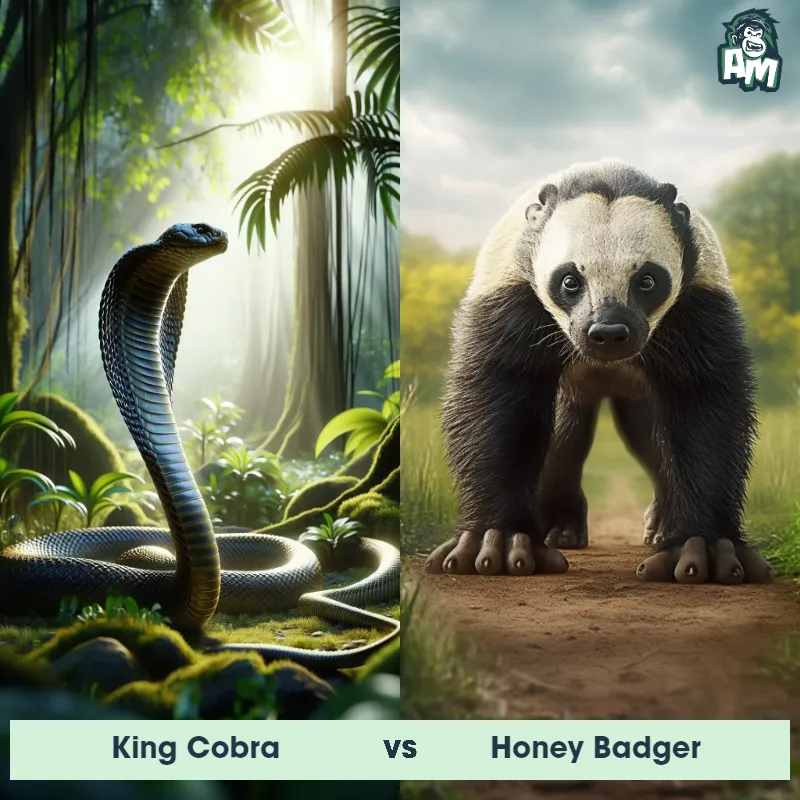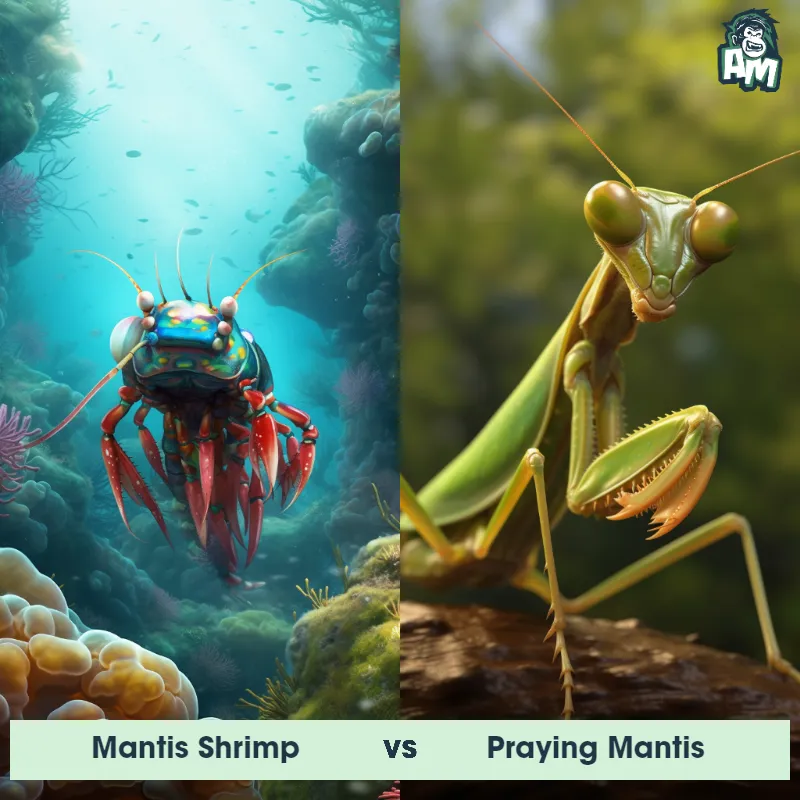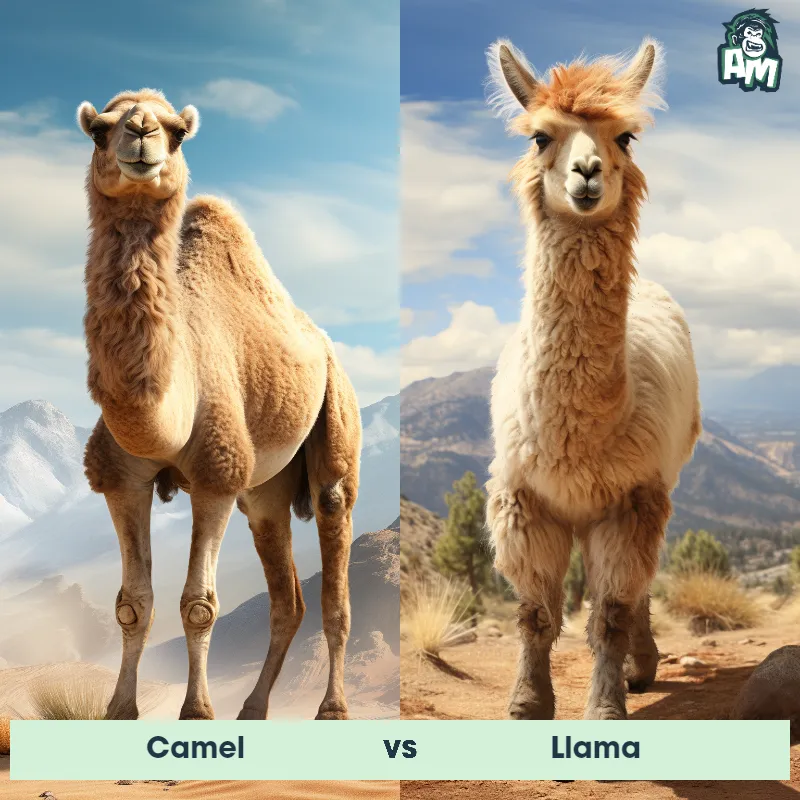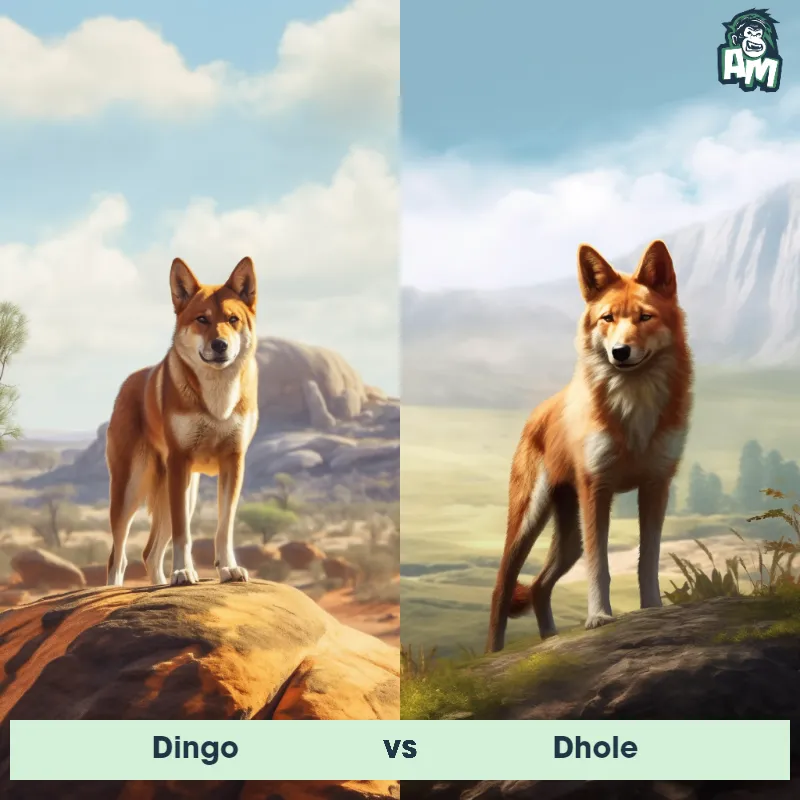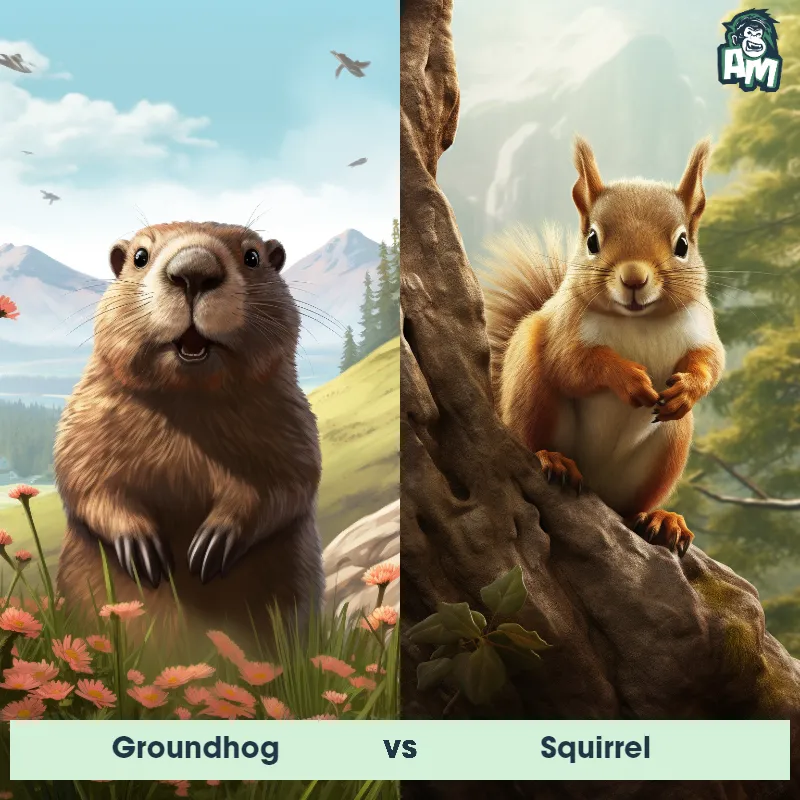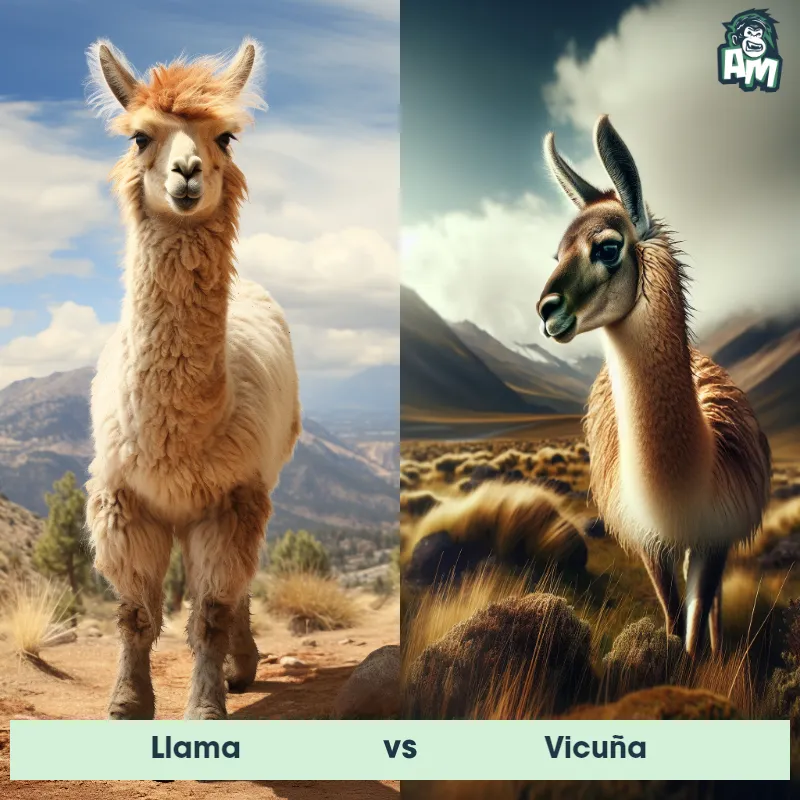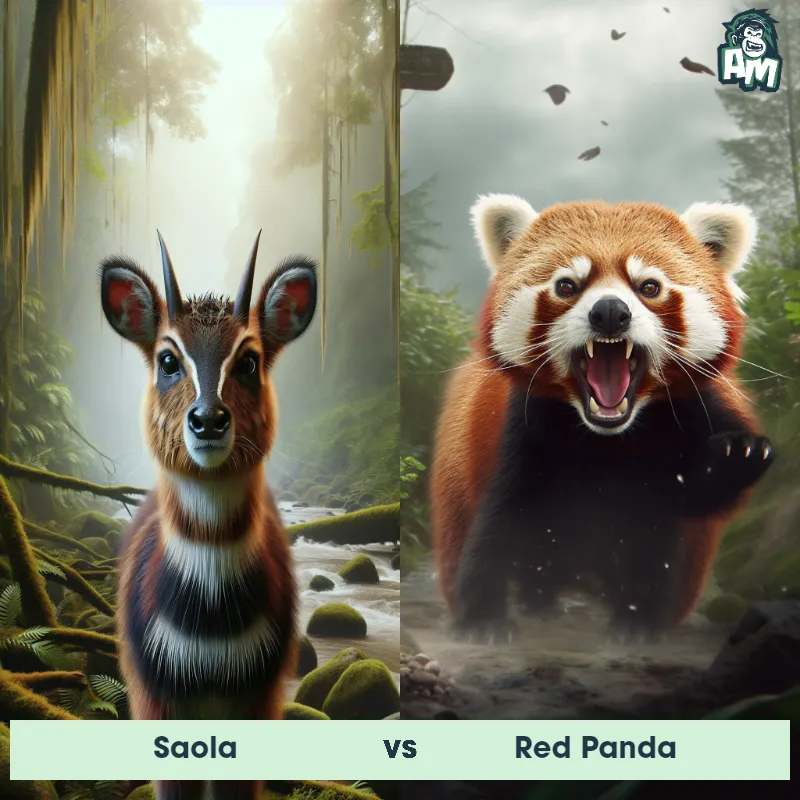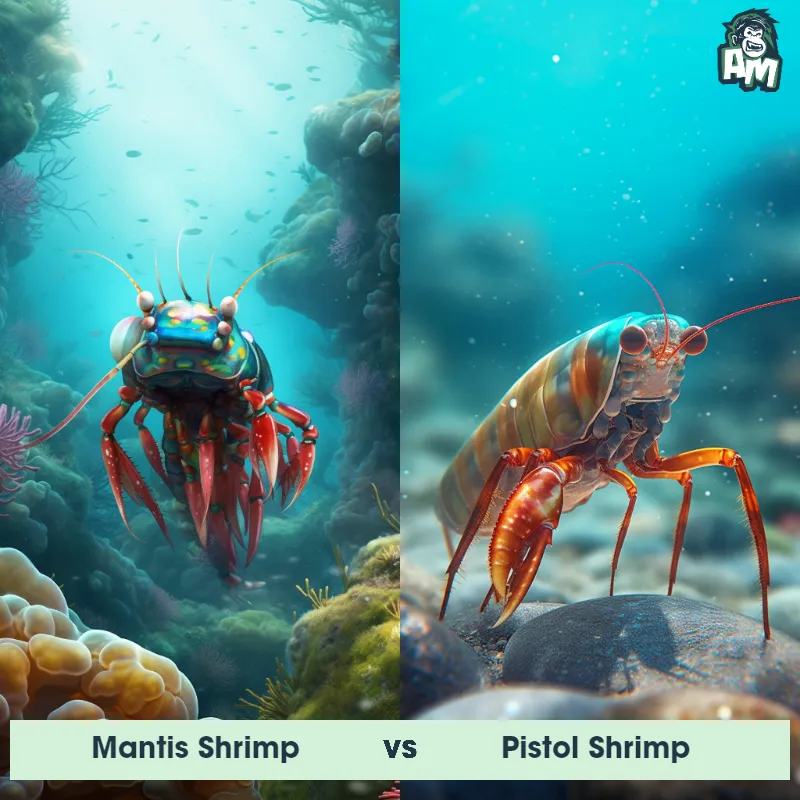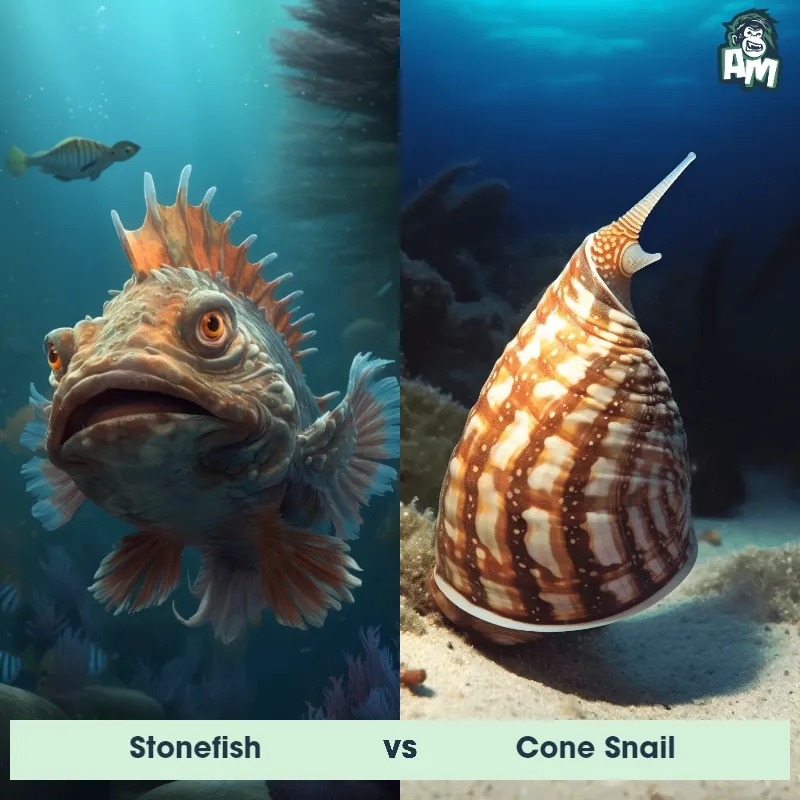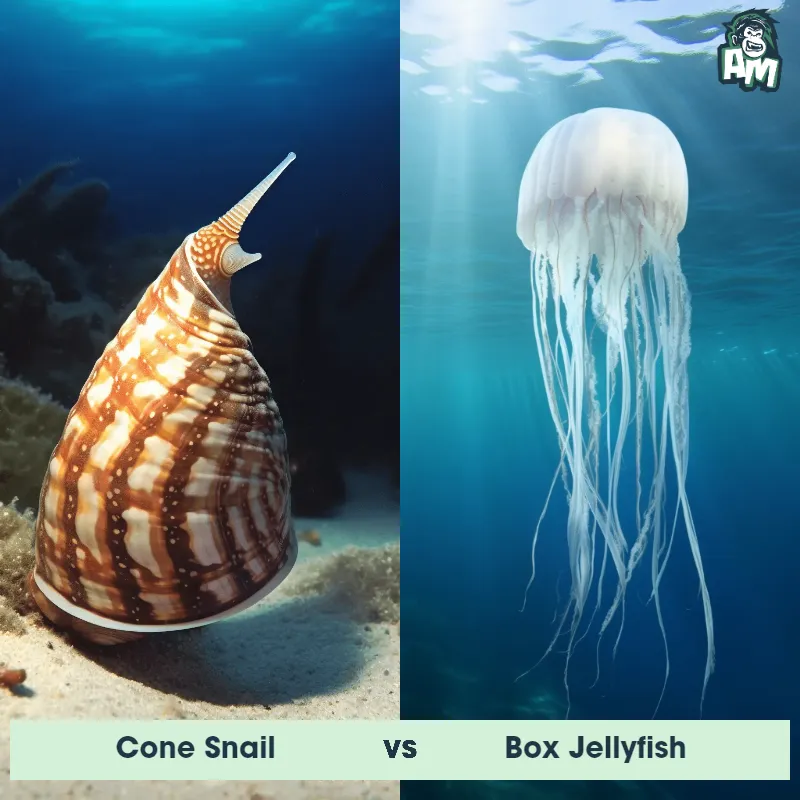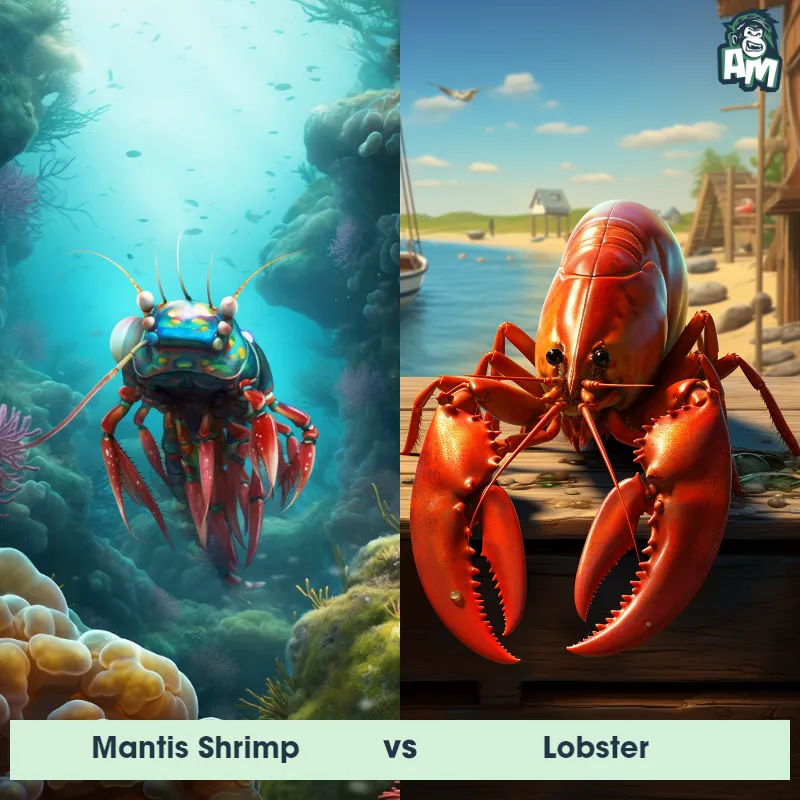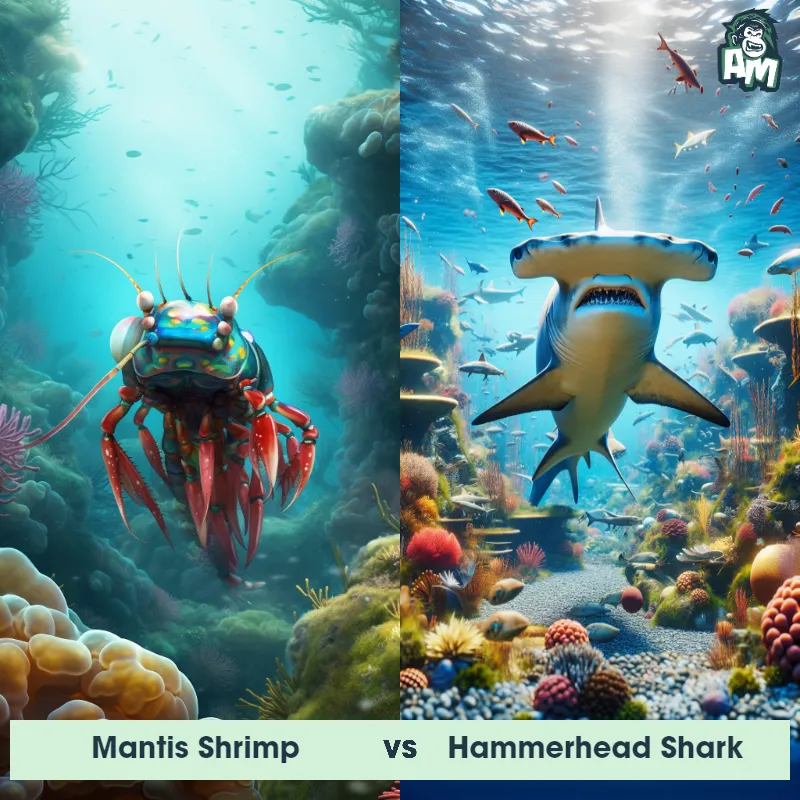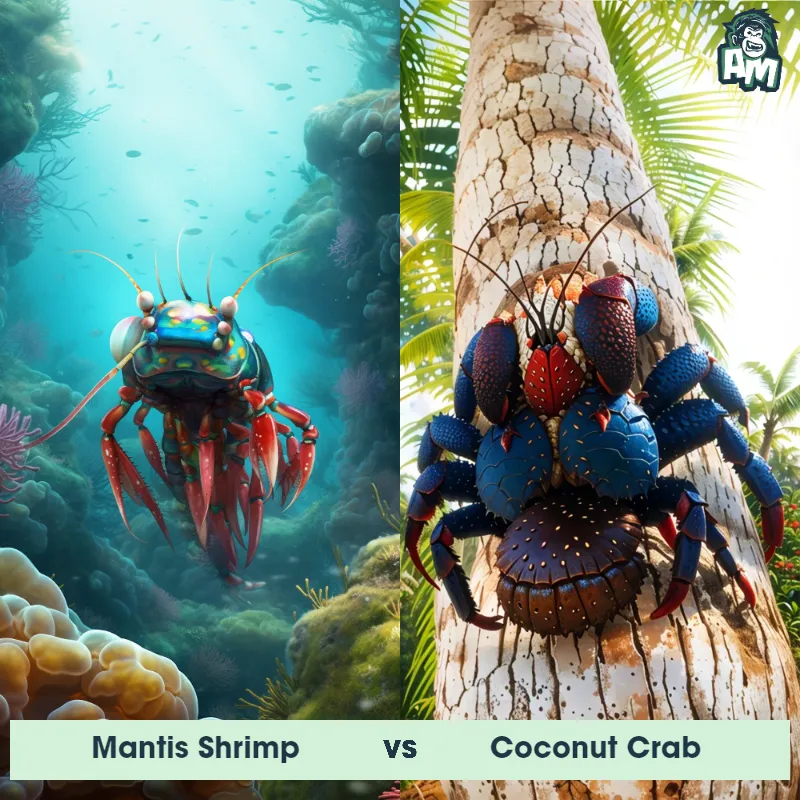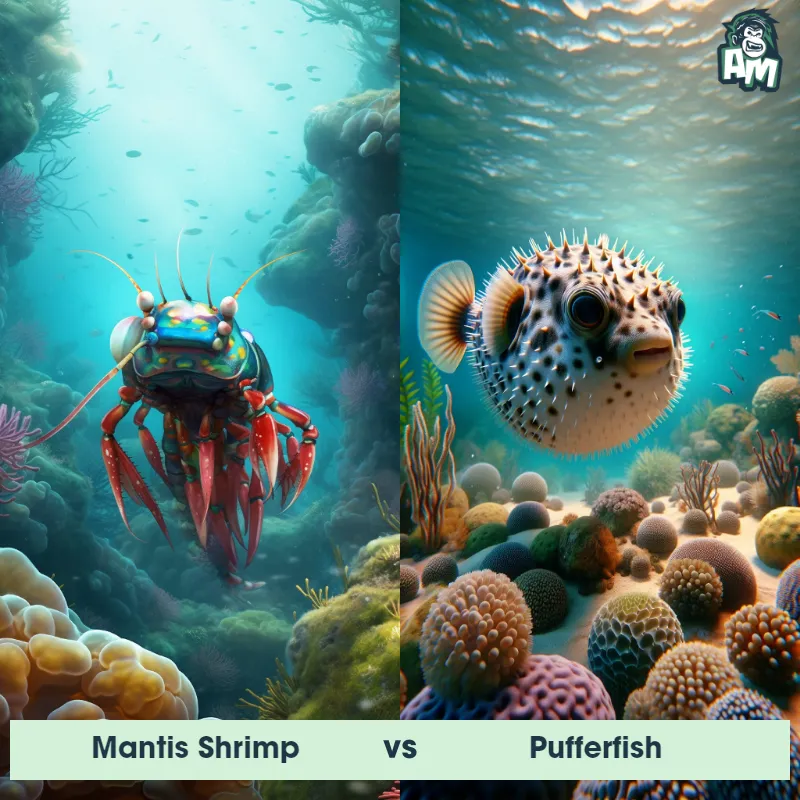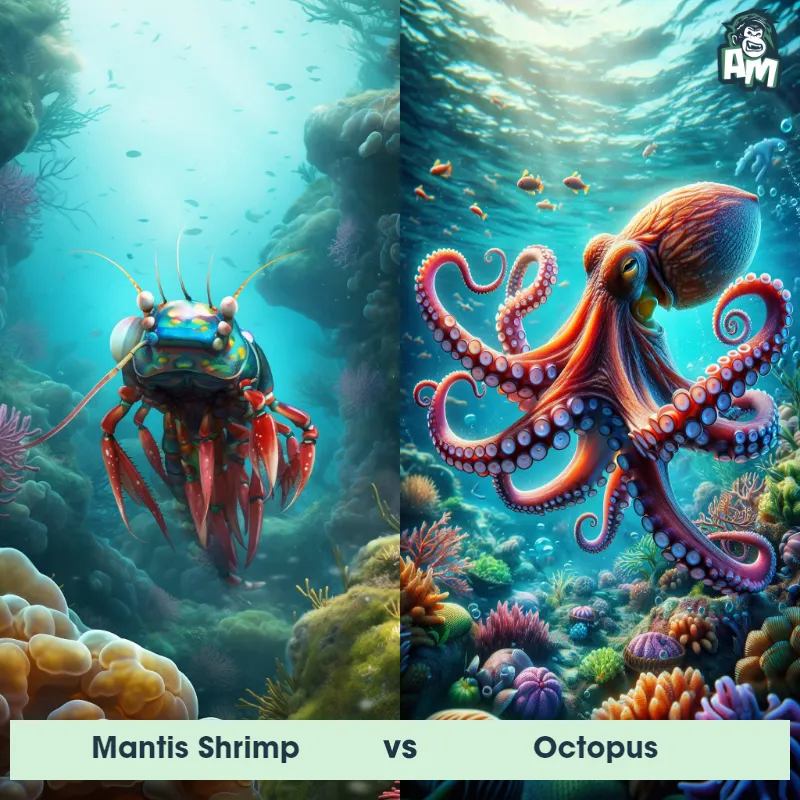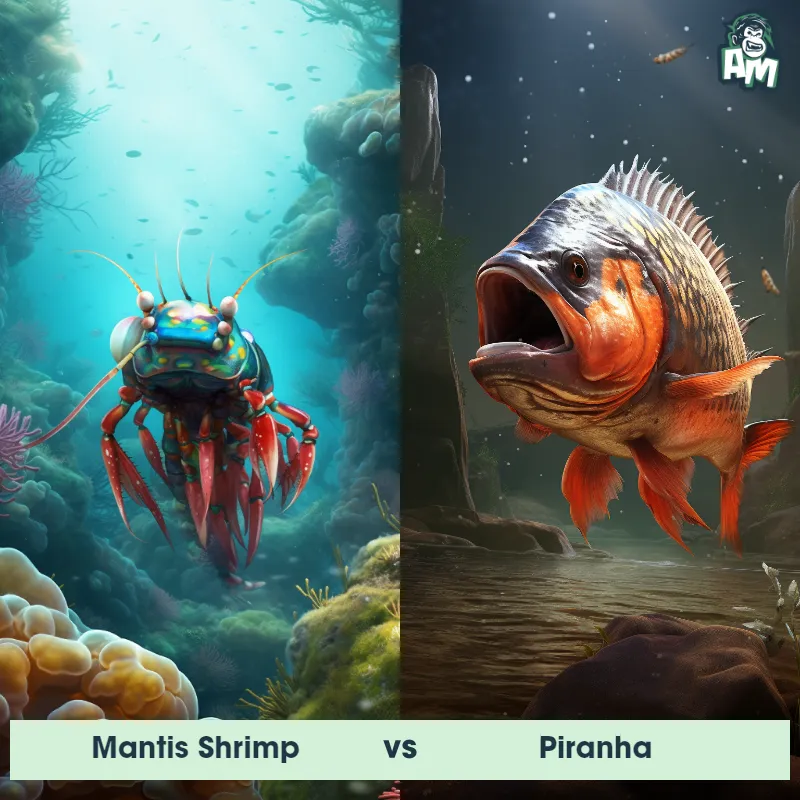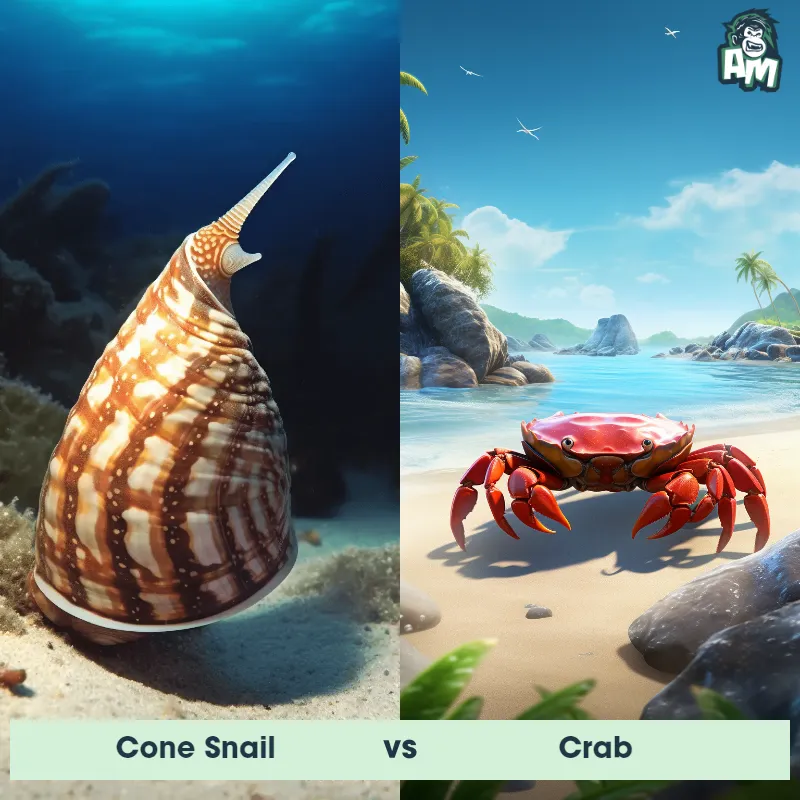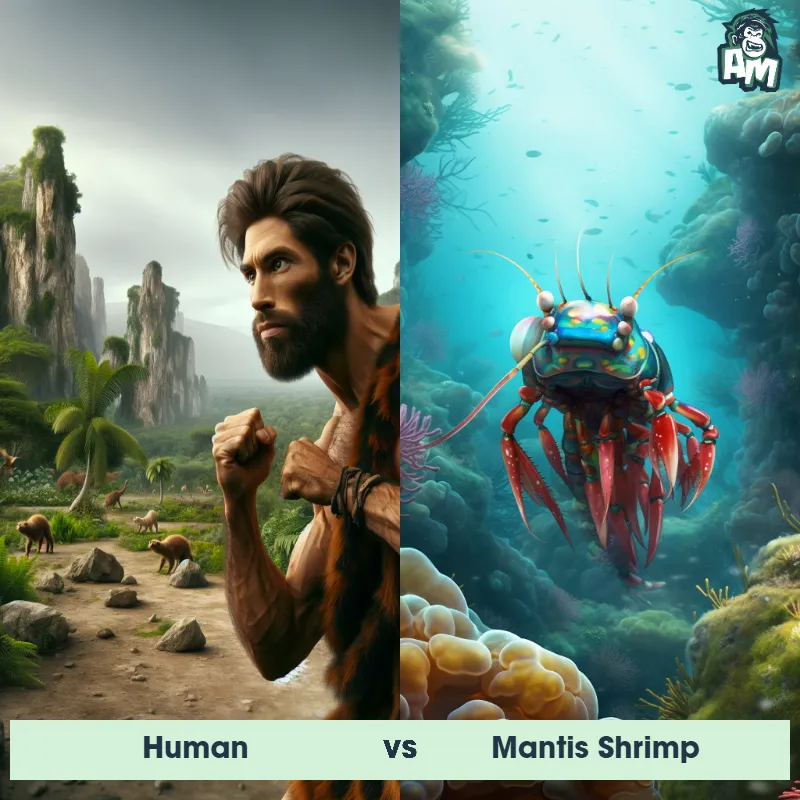Cone Snail vs Mantis ShrimpSee Who Wins

Ladies and gentlemen, welcome to this riveting matchup between two fierce competitors in the animal kingdom. Tonight, we have a showdown between the Cone Snail and the Mantis Shrimp, both known for their incredible abilities and deadly defenses. It's going to be a fight like no other. Let's jump right into the action!
Contender 1: Cone Snail
The Cone Snail is a marine gastropod mollusk that is known for its beautiful and intricate shell patterns. They are found in warm waters around the world and can range in size from just a few centimeters to over 20 centimeters in length. The Cone Snail is a carnivorous predator that feeds on fish, worms, and other snails. They are also known for their venomous sting, which can be deadly to humans.
Fun Fact: The venom of the Cone Snail is so potent that it can paralyze its prey within seconds, making it easy for the snail to consume it.
Contender 2: Mantis Shrimp
The Mantis Shrimp, also known as the Stomatopod, is a marine crustacean that is known for its incredible strength and speed. They have a unique pair of raptorial appendages that they use to strike their prey with incredible force, which can even break aquarium glass. They come in a variety of colors and patterns, and have complex eyes that can see a wider range of colors than humans.
Fun Fact: The Mantis Shrimp has the fastest punch in the animal kingdom, with some species able to strike at speeds of up to 50 miles per hour, which is faster than a .22 caliber bullet.
Matchup Stats
| Cone Snail | Mantis Shrimp | |
|---|---|---|
| Size | Ranges from a few centimeters to over 20 cm (8 in) (metric: 2.5 cm to over 50 cm) | Up to 12 inches (30 cm) long |
| Weight | Varies by species (metric: varies by species) | Up to 2 pounds (0.9 kg) |
| Speed | Speed: 0.5 mph (0.8 km/hr) | Speed: 23 mph (37 km/hr) |
| Key Strength | Venomous sting | Powerful raptorial appendages that can strike with incredible force |
| Biggest Weakness | None | Vulnerable to attacks on their soft underbelly |
Current Votes
Cone Snail vs Mantis Shrimp
See Who Wins
View More Matches
Looking For More?
Similar Matches
Scientific Stats
| Cone Snail | Mantis Shrimp | |
|---|---|---|
| Scientific Name | Conus | Stomatopoda |
| Family | Conidae | Stomatopodidae |
| Habitat | Marine | Marine |
| Geography | Warm waters around the world | Tropical and subtropical regions worldwide |
| Diet | Carnivorous, feeds on fish, worms, and other snails | Small fish, crabs, mollusks, and other crustaceans |
| Lifespan | Up to 4 years - Up to 20 years | 4 years - 20 years |
Key Differences between Cone Snail and Mantis Shrimp
- Body coloration: Cone Snails exhibit a wide range of colors, including vibrant patterns and markings on their shells, whereas Mantis Shrimp have a more subdued and uniform coloration, often in shades of brown or green.
- Appendages: Cone Snails have a single muscular foot that they use for locomotion, while Mantis Shrimp have highly developed and specialized appendages, including their powerful claws and specialized forelimbs.
- Eye stalks: Cone Snails have a pair of short eye stalks emerging from their shell, while Mantis Shrimp possess sophisticated compound eyes on long stalks that can move independently.
- Shell shape and size: Cone Snails have a distinct cone-shaped shell with a pointed tip, while Mantis Shrimp have a more elongated and cylindrical-shaped body with a rounded head.
- Claw structure: Cone Snails lack claws or pincers, while Mantis Shrimp have formidable claw-like appendages, with some species possessing sharp spines or serrated edges.
- Overall body shape: Cone Snails have a more elongated and streamlined body form, designed for burrowing in sand or mud, whereas Mantis Shrimp have a more compact and muscular build, adapted for swift underwater movement and hunting.




